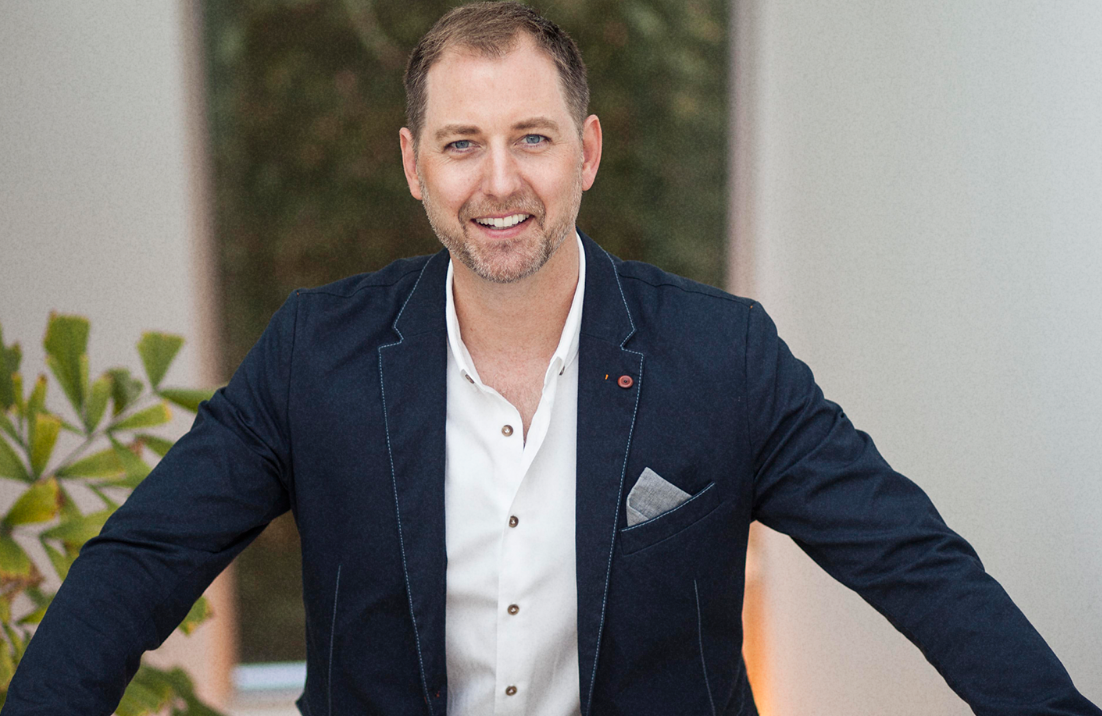In my last article, I wrote about the importance of childhood wounds. Understanding why you were hurt by certain encounters, the path they set you on and how you’re reacting to those experiences today is critical to finding your place in the world.
Today, I’d like to take that concept a step further and discuss how you can leverage your personal story to find your “tribe” and build your business.
 Your tribe consists of the people you were designed to serve and meant to lead. On some level, you’re the only one equipped to reach these individuals.
Your tribe consists of the people you were designed to serve and meant to lead. On some level, you’re the only one equipped to reach these individuals.
The importance of wound patterns
So many people don’t know who their tribe is. Feeling lost keeps them from feeling fulfilled by their work. Just as many are serving the wrong tribe and are perpetually frustrated.
Think about what you’ve been through. This is the first step to discover who you should serve.
I help my clients understand that their tribe shares their wound patterns. And that’s why reconciling these painful experiences is important. A wound pattern is a series of unpleasant encounters that repeatedly affected you in the same way.
Common ones are fears of rejection, being taken advantage of or being seen as a disappointment. These wounds are powerful forces, propelling people to incredible heights of success as they’re driven forward by a wound-driven operating system.
Unfortunately, this kind of motivation is unsustainable, unfulfilling and unhealthy.
The tribal dynamic
One of my clients, Mary, owns a search engine optimization (SEO) company. Although the business was profitable, she knew she wasn’t as successful as she could be.
Her work was the source of a nagging feeling of emptiness. What she did every day wasn’t fulfilling, and Mary knew she wasn’t reaching her potential.
We set out to discover her wound pattern (i.e., her story), starting with the five questions I ask at the beginning of every counseling relationship:
- What happened?
- How did it make you feel?
- Based on how you felt, what did you crave?
- Based on what you craved, how did you satisfy it?
- Based on what how you satisfied it, how did you develop?
 Mary described her relationship with her father, an Episcopalian priest. He was beloved by the community but abusive and controlling at home.
Mary described her relationship with her father, an Episcopalian priest. He was beloved by the community but abusive and controlling at home.
That environment made her feel controlled. Mary craved freedom. She satisfied this desire by finding incredibly inventive ways to express her freedom behind her father’s back, all while still appearing compliant.
As Mary grew up, she noticed the control/freedom dynamic continuing to play out in her life. She became ever more inventive to find ways to express freedom while checking all the boxes of public compliance.
Once we established Mary’s wound pattern, we dug into her business. I learned that her primary clients were franchises. She was hired to bridge the gap between parent companies and individual franchise owners.
We walked through an exercise where Mary identified what her clients wanted at a foundational level. The parent company wanted control of the brand, while the franchise owners wanted freedom.
Sound familiar?
Finding fulfillment
I’ll never forget the look on her face when she realized this.
Mary had identified her tribe. And now we could delve into tangible actions of her business dynamics.
 We focused on her sales copy. While she was hired by parent companies (who valued control), all her copywriting was freedom-based. She changed her approach, and her business shot through the roof.
We focused on her sales copy. While she was hired by parent companies (who valued control), all her copywriting was freedom-based. She changed her approach, and her business shot through the roof.
What’s even more important than the increased sales and profitability was Mary’s ability to carve out a niche in her industry that only she could meet. Now, when she’s contracted by parent companies, she sits down and explains the control/freedom dynamic.
Mary uses this conversation to find balance by allowing the parent company to control what’s necessary and giving franchise owners the sense of freedom they crave.
Her story empowers her to heal the control/freedom dynamic in the franchise world.
Mary is fulfilled and has a deep sense of purpose around her work. Her company has solidly established a niche and her business goes beyond dollars and cents to meet her tribe’s deepest cravings.
You can do this, too.
The views and opinions expressed are those of the guest author and do not necessarily reflect the views and opinions of MindShift.money.

